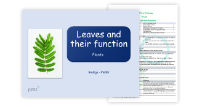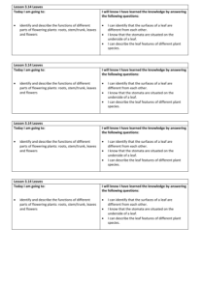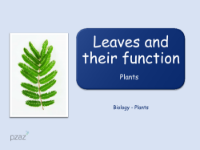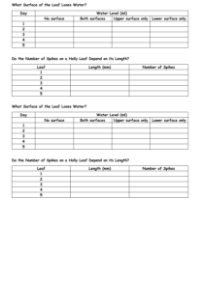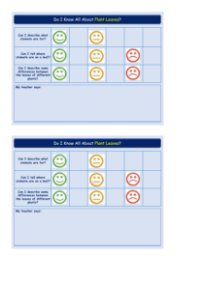Leaves - Lesson Plan
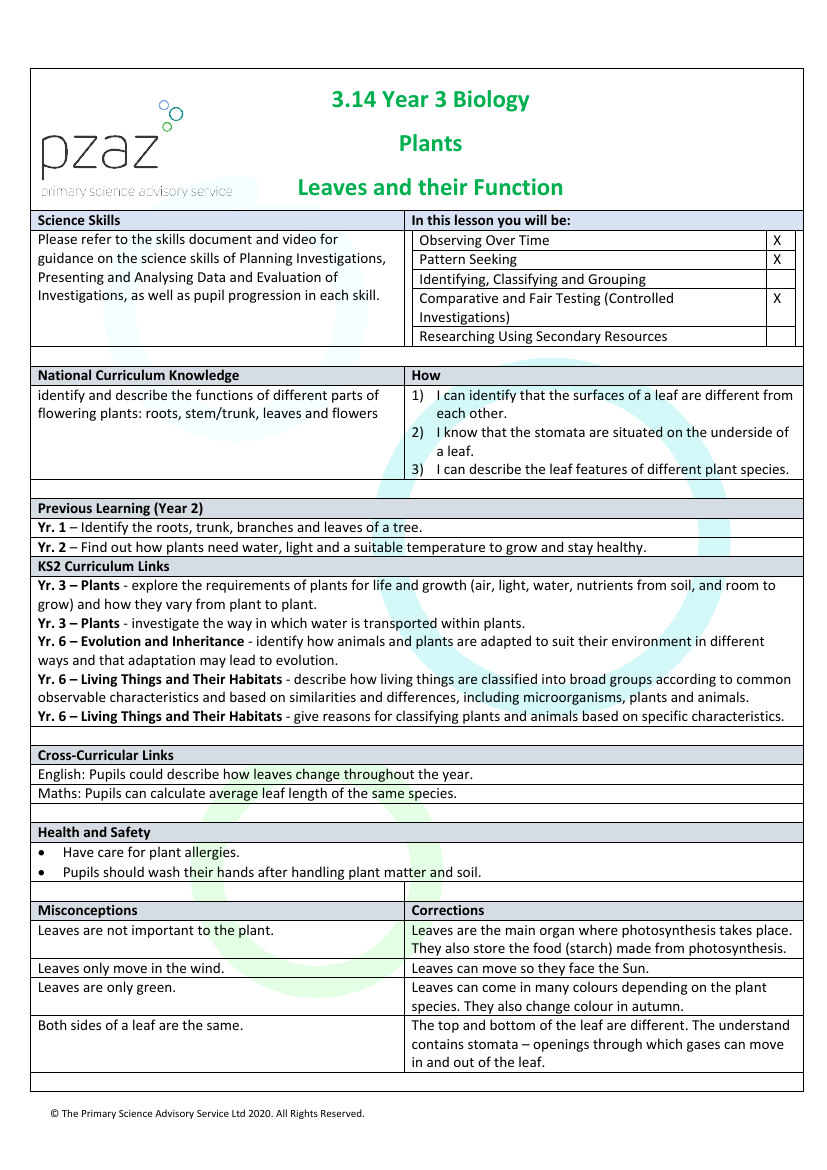
Science Resource Description
In this comprehensive lesson plan, students will delve into the fascinating world of botany, focusing on the structure and function of leaves. They will be equipped with the necessary skills to conduct investigations, analyse data, and evaluate their findings, with an emphasis on observing over time, pattern seeking, and comparative and fair testing. The lesson aligns with the National Curriculum, building on previous knowledge from earlier years, and aims to help students identify and describe the various parts of flowering plants, including the roots, stem, leaves, and flowers. Specifically, the students will learn to distinguish the different surfaces of a leaf, understand the presence and role of stomata, and describe leaf features across different plant species. Health and safety considerations are noted, particularly regarding potential plant allergies and the importance of hygiene after handling plant materials.
Practical activities form a core part of the lesson, offering hands-on experiences with microscopes and various leaves to observe and compare their structures. One experiment involves sealing a leaf in a bag and observing condensation to demonstrate transpiration, while another tests which surface of a leaf loses water by covering different sections with petroleum jelly. These activities are designed to highlight the role of stomata in water regulation within the plant. Students will also engage in a holly leaf investigation, measuring leaf lengths and counting spikes, to explore the relationship between leaf morphology and plant defence mechanisms. The lesson concludes with a plenary session where students reflect on the functions of leaves, the role of stomata, and the differences between leaves from various plant species.
